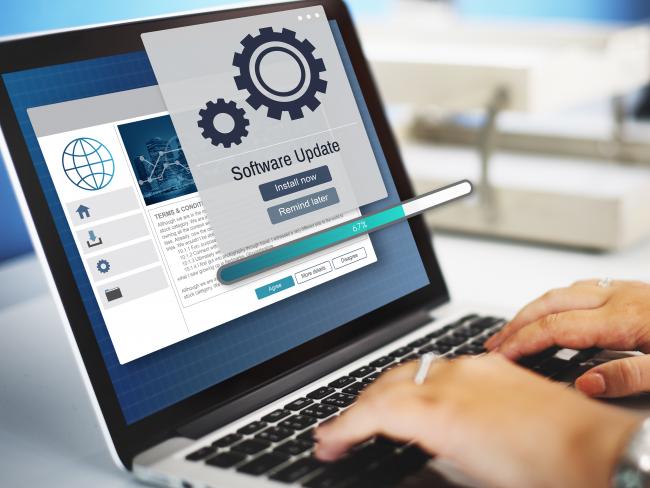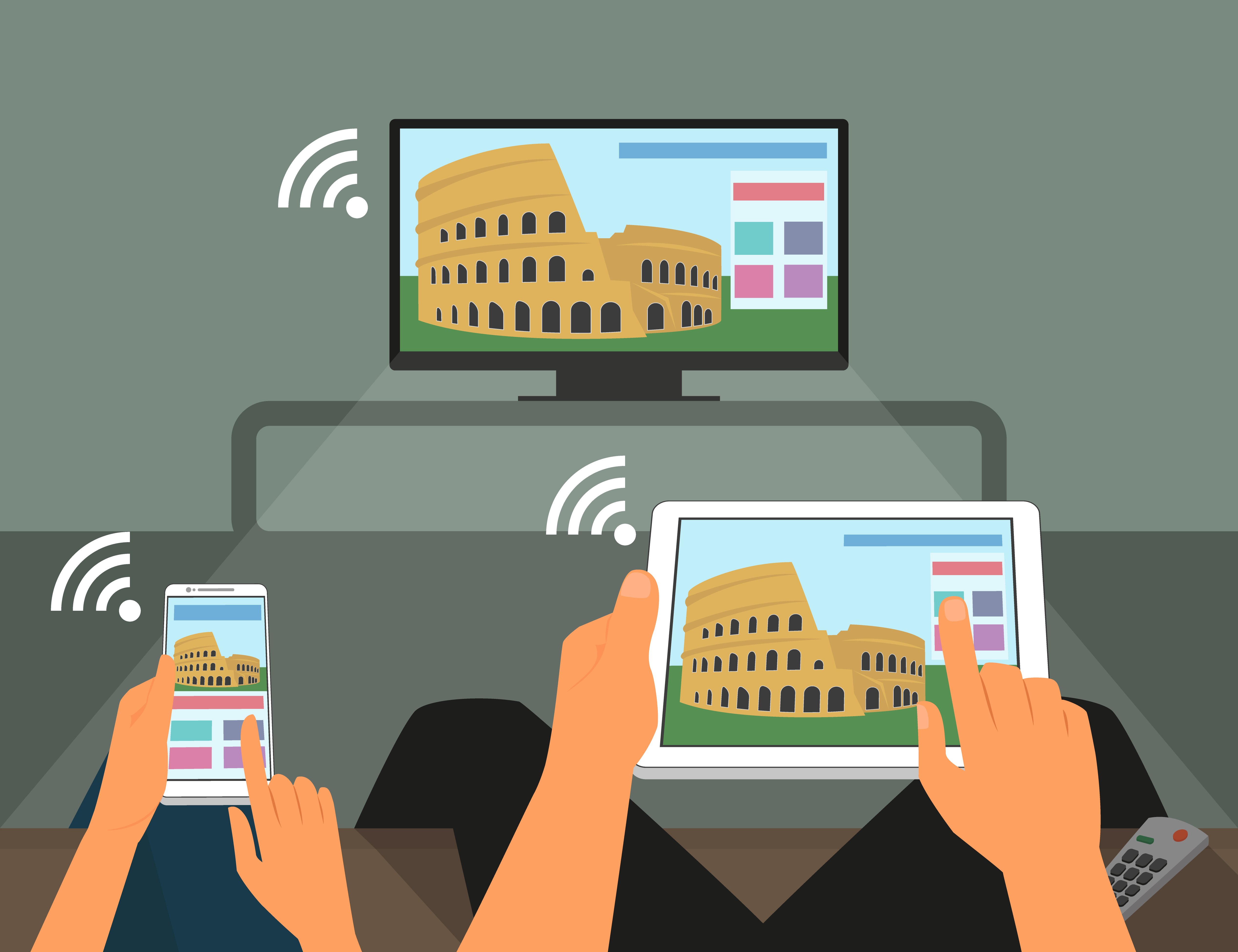Topics
Windows 10 For Business, Are You Ready?

In the software world, nothing remains the same for long. The entire industry is constantly evolving at a frantic pace, and Microsoft Windows is no exception. Did you know that Microsoft is planning Windows 7’s end of life?
Windows 7 will come to its ‘end of life’ in January of 2020. This means that Microsoft will no longer issue security updates or bug fixes—but you will want to move to the newer version, Windows 10, long before then. Microsoft already ceased mainstream support and stopped developing upgrades of Windows 7 all together. Over time, this will make it decidedly more difficult to run various applications and plugins on the system. To learn more, take a look at Microsoft’s operating system lifecycle page. Most businesses will skip upgrading to Windows 8 as it is an unnecessary intermediary step.
To encourage users to make the change, Microsoft is promising updates to many of their standard offerings. They are also offering many new features for productivity and fun, and the total benefits are still unknown. The most publicized improvement is the replacement for Internet Explorer 11. Internet Explorer is both one of the most used pieces of Microsoft software, and one of the most criticized. The main complaint is that, although Internet Explorer has been a mainstay of the Windows browsing experience since the 90s, Microsoft has not done enough over the years to keep up with technology changes for internet browsers. Microsoft finally created a completely new and improved browser called Windows Edge—which many pundits are predicting will be the best of its kind. You can have a look at it and evaluate for yourself, as it’s already here.
In addition, Windows 10 is comparatively quite fast. The speed makes it a better choice for the ever-increasing mix of IoT (Internet of Things) devices that we use today, like smartwatches, smartphones, smart appliances, and more. The performance increase is also paving the way for running more complex software, like virtual reality, hologram projection, and Microsoft’s first foray into the personal assistant category, Cortana.
Cortana works much like Apple’s Siri and Amazon’s Alexa and responds to voice commands and questions or type into the search box. Cortana uses advanced voice recognition technology and can intelligently respond to dozens of requests like setting reminders, sending emails and texts or even managing your business calendar. If a user uses a Window’s phone, or the Cortana app on iPhone or Droid notifications, it will also sync between your PC and phone.

Another big upgrade is built-in security for Windows 10. For home users, it is preloaded and configured with Windows firewall, which is a great improvement. For business users who run their own firewalls, it comes with a UEFI secure boot requirement which prevents some viruses from being added to the rootkit. So, when a user inadvertently clicks on a malicious link, it is less likely that a virus will make it deep into the system and it will be easier to clean up.
Another concern with delaying a Windows 10 migration and running older operating systems, are mounting software incompatibility issues. You are most likely running non-Microsoft software written by third parties, and they tend to follow Microsoft upgrades closely. Companies want their programs to have as long a shelf life as possible, and they are unlikely to spend a lot of time working backward to make them compatible with older operating systems (e.g. Windows 7 or 8). Instead, they prefer to focus primarily on compatibility with current operating systems. As a result, if you have plans to install any new software in the next few years, you have even more upgrade incentives to avoid compatibility issues.
For businesses, it is not a matter of if you will upgrade to Windows 10; it is a matter of when. The smartest companies are focusing on their hardware and software refresh cycles now, to have a smooth transition with minimum disruption or support issues for application software. Planning a major OS upgrade doesn’t happen overnight, and it’s not like upgrading your iPhone. An undertaking like this requires real IT due diligence, testing, and planning. There are many hardware and software considerations to work out far in advance to avoid any unwelcome surprises.
If a Windows 10 upgrade is not currently in your IT budget for the next 6-18 months, now is the right time to start planning for it; it will increase productivity and security of your business right out of the box.
